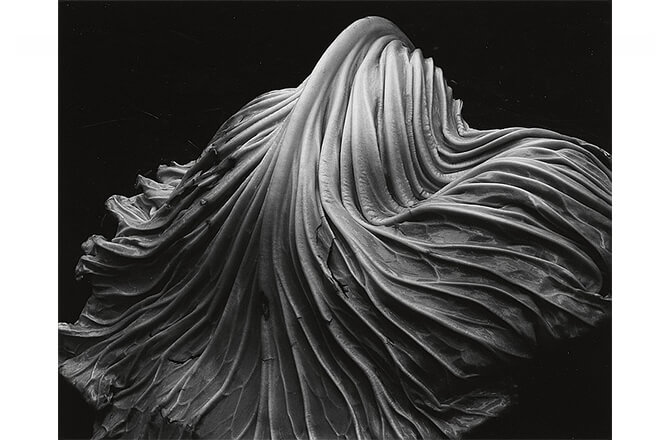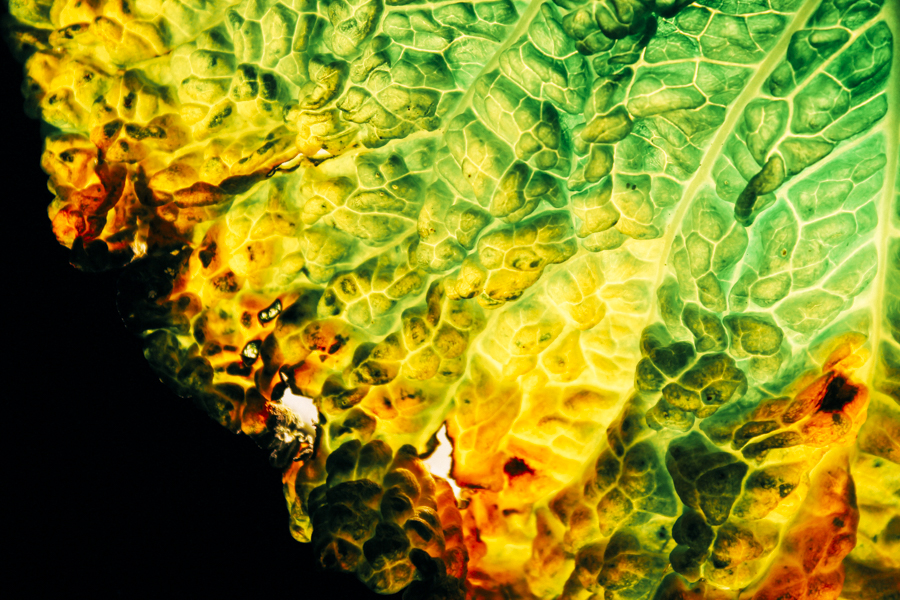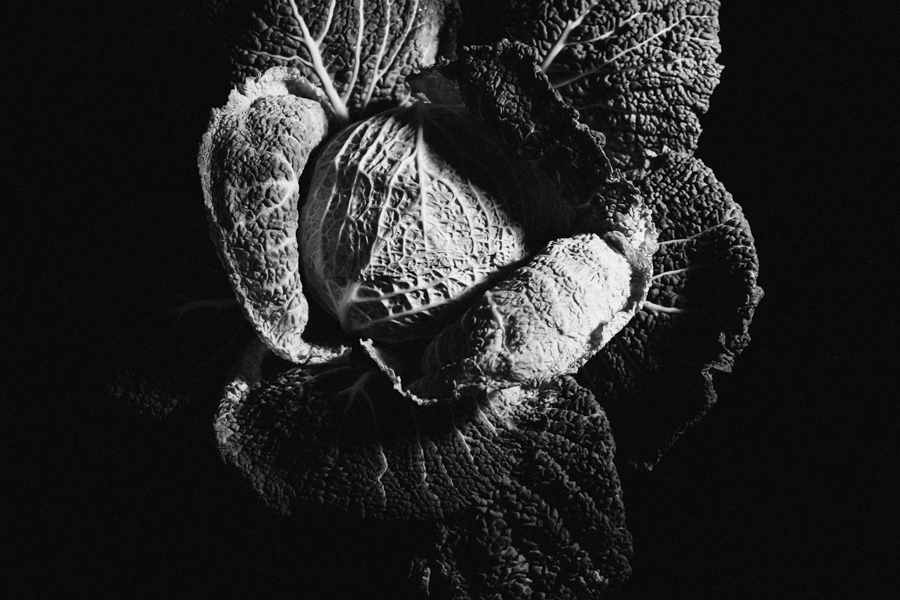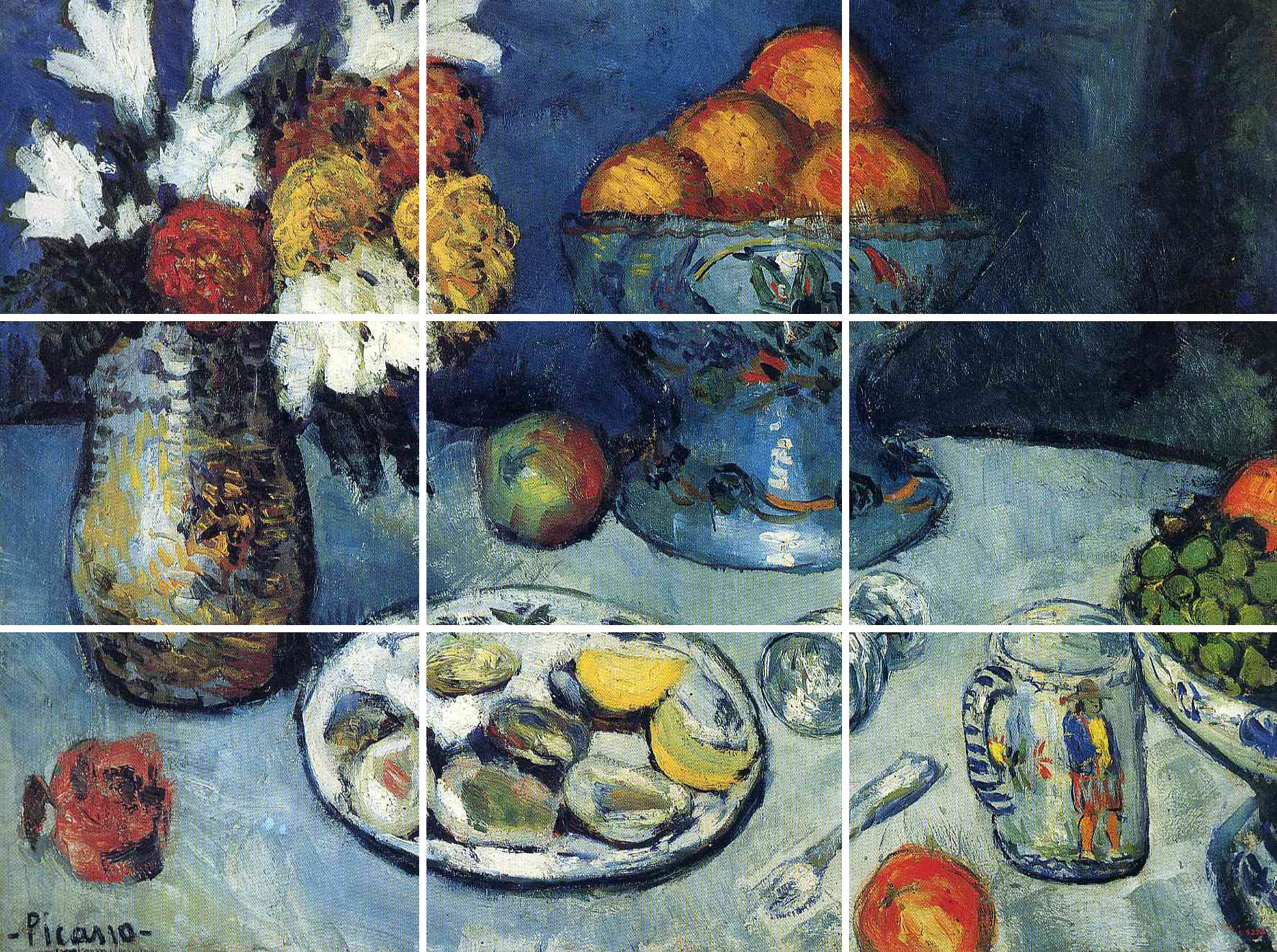Vegetable Still Life Photography: Capturing Beauty in Nature’s Bounty
Vegetable still life photography provides a wonderful opportunity to explore the beauty and diversity of nature’s bounty. From vibrant colours and intriguing textures to unique shapes and forms, vegetables offer a wealth of creative possibilities for photographers. In this article, we will delve into the world of vegetable still life photography, providing tips and inspiration to help you create stunning and captivating images that celebrate the artistry found in everyday produce.

Table of Contents
- Introduction
- Selecting the Right Vegetables
- Setting Up Your Still Life Scene
- Lighting Techniques for Vegetable Photography
- Composition and Styling Tips
- Enhancing Textures and Colours
- Post-Processing Considerations
- Inspiration from Famous Vegetable Still Life Photographers
- Conclusion
- Frequently Asked Questions (FAQs)
1. Introduction
Vegetable still life photography allows us to appreciate the beauty and intricate details of everyday produce. It offers a creative outlet to explore composition, lighting, and styling, enabling us to showcase the natural artistry found in vegetables.
2. Selecting the Right Vegetables

(This is a cabbage with a light shone through the back)
When choosing vegetables for your still life photography, consider the following factors:
- Variety: Select a diverse range of vegetables with different shapes, colours, and textures. This adds visual interest and allows you to experiment with various compositions.
- Freshness and Quality: Opt for fresh and vibrant vegetables without blemishes or signs of decay. The quality of the produce will greatly enhance the overall appeal of your photographs.
- Seasonality: Embrace the seasonal availability of vegetables. This not only ensures freshness but also allows you to capture the essence of a particular season or harvest.
3. Setting Up Your Still Life Scene
Creating an engaging still life scene requires thoughtful consideration of the background, props, and arrangement. Here are some tips:
- Background: Choose a neutral or complementary background that doesn’t distract from the vegetables. Simple textures or solid colors work well to emphasize the subject.
- Props: Incorporate props such as cutting boards, kitchen utensils, or natural elements like wooden crates or cloth napkins to add context and enhance the storytelling aspect.
- Arrangement: Experiment with different arrangements, such as a neatly organized display, a scattered arrangement, or a symmetrical composition. Play with shapes and sizes to create visually appealing patterns.
4. Lighting Techniques for Vegetable Photography

Proper lighting is essential in vegetable still life photography. Consider the following techniques:
- Natural Light: Utilize soft, diffused natural light to bring out the natural colours and textures of the vegetables. Set up your scene near a window or shoot outdoors during the golden hour for beautiful, soft lighting.
- Artificial Light: Experiment with artificial lighting setups, such as saltboxes or diffusers, to control the direction and intensity of light. This allows for more control over shadows and highlights.
- Backlighting: Try backlighting to create a glowing effect and emphasize the translucency of certain vegetables, such as leafy greens or peppers.
5. Composition and Styling Tips

Consider how Picasso uses the colour to move the eye around the picture…
If we overlay the rule of thirds grid, it doesn’t obviously obey the rule..
But if you follow the arrow, it’s easy to see how he use s striking colours to move the across the scene and make a pleasing composition
In this image, i’ve reduced the colours to their basic tones so you can also see how the dotting of repeating colours around the picture balances the composition. Try and repeat these themes in your own work. If you have a bright colour in one part of the image, make sure you repeat the same or similar tones to create harmony in the picture.
To create visually compelling vegetable still life photographs, consider the following composition and styling techniques:
- Rule of Thirds: Apply the rule of thirds to create a balanced and visually pleasing composition. Position key elements, such as focal vegetables or points of interest, along the intersecting lines or at their intersections.
- Leading Lines: Use the natural lines and shapes of the vegetables to guide the viewer’s eye through the image. Curved or diagonal vegetables can create dynamic leading lines.
- Negative Space: Incorporate negative space to provide breathing room and draw attention to the main subjects. This helps create a sense of focus and simplicity.
- Texture Emphasis: Highlight the textures of the vegetables by capturing close-up shots or emphasizing the patterns and details. This adds depth and visual interest to your photographs.
6. Enhancing Textures and Colours
To bring out the textures and colours of the vegetables, consider the following techniques:
- Macro Photography: Explore macro photography to capture intricate details and textures that may not be visible to the naked eye. Macro lenses or close-up filters can help achieve this.
- Colour Contrasts: Pair complementary or contrasting colours to create visual impact. For example, place red tomatoes against a green background or yellow bell peppers against a purple backdrop.
- Water Droplets: Enhance the natural freshness and appeal of the vegetables by adding water droplets. This adds a sense of realism and can create beautiful reflections.
7. Post-Processing Considerations

Post-processing plays a crucial role in bringing out the best in your vegetable still life photographs. Consider the following:
- Colour Enhancement: Adjust the colour balance, saturation, and contrast to enhance the vibrancy of the vegetables while maintaining a natural look.
- Sharpening and Clarity: Apply selective sharpening or clarity adjustments to enhance the textures and details of the vegetables.
- Cropping and Framing: Use cropping techniques to refine the composition and remove any distractions. Experiment with different aspect ratios to find the most visually appealing framing.
8. Inspiration from Famous Vegetable Still Life Photographers
Drawing inspiration from renowned vegetable still life photographers can fuel your creativity and help you develop your unique style. Research the works of photographers such as Edward Weston, Irving Penn, and Laura Letinsky to explore their approach and techniques.
9. Conclusion
Vegetable still life photography offers endless opportunities for creativity, enabling you to capture the beauty and artistry found in nature’s bountiful produce. By carefully selecting vegetables, setting up compelling scenes, utilizing proper lighting, and incorporating thoughtful composition and styling techniques, you can create captivating images that celebrate the vibrant colours, textures, and shapes of vegetables.
10. Frequently Asked Questions (FAQs)
Q1. Do I need a professional camera to capture vegetable still life photographs? A1. While professional cameras offer advanced features and image quality, you can achieve impressive results with any camera, including smartphones. Focus on composition, lighting, and styling to create visually appealing images.
Q2. Can I use edible props in vegetable still life photography? A2. Yes, incorporating edible props can add interest and context to your photographs. Fruits, herbs, and spices can complement the vegetables and enhance the overall composition.
Q3. Are there any safety considerations when using artificial lighting setups? A3. When using artificial lighting, ensure proper safety precautions, such as using stable light stands and avoiding overheating. Be mindful of flammable materials and handle electrical equipment with care.
